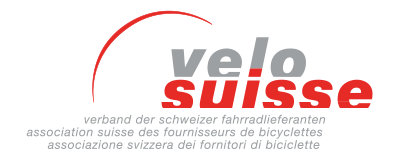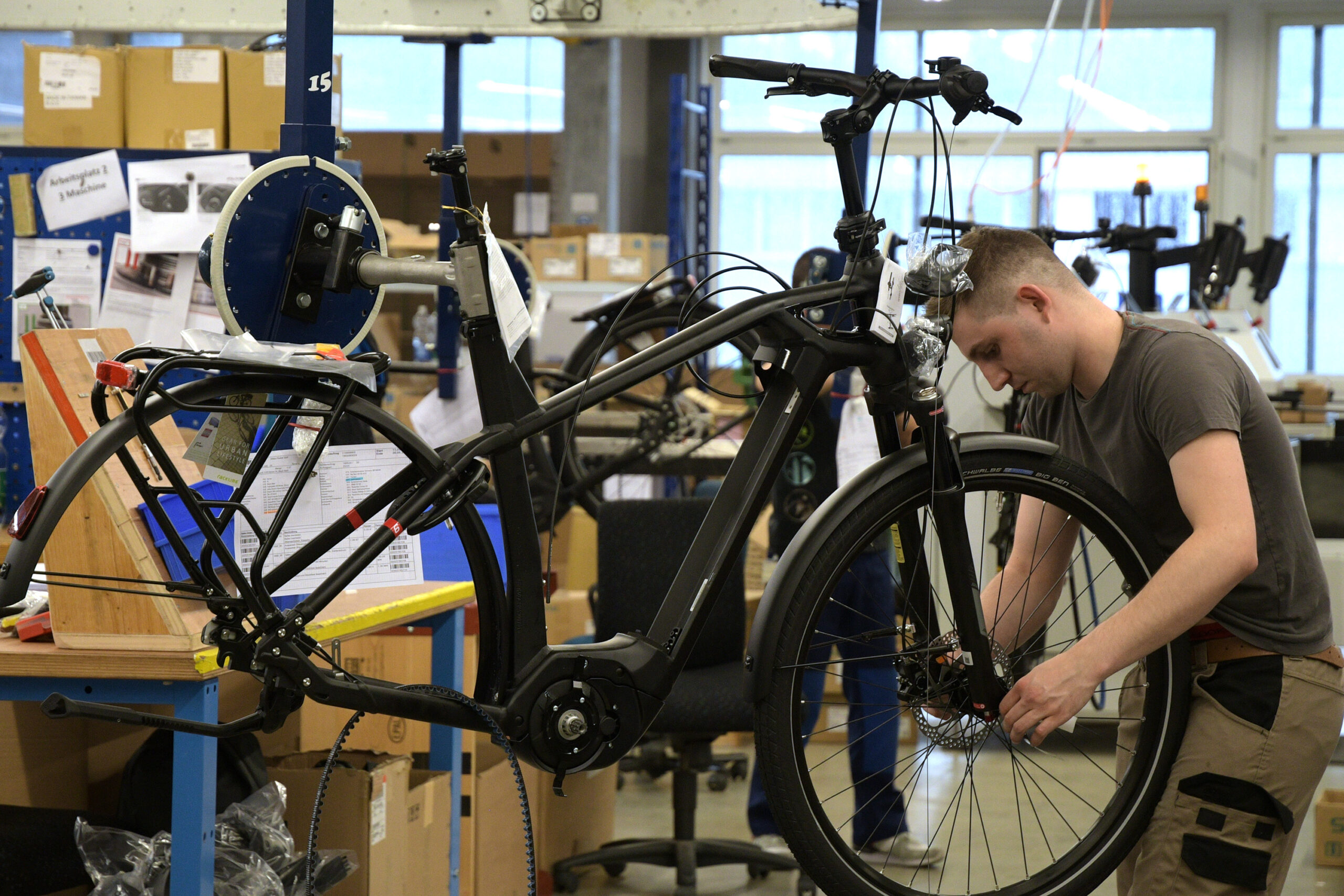Compared to the strong sales of the previous year, the bike trade was again able to increase significantly in the first half of 2021. Imports of e-bikes rose by 16.5 percent and those of bicycles by 8.9 percent. Exports also increased significantly. However, it is unclear how the situation will develop in the second half of the year and next year. Some factories are already having to cut back on production or temporarily stop it altogether due to a shortage of bicycle components from the Far East.
In the past, such long periods of bad weather as Switzerland experienced in May and June have always led to steep falls in sales and turnover in the two-wheeler industry. This was not the case in the first half of 2021: the lack of spring and early summer, which also dampened consumer interest, was used by the bicycle trade to work off the backlog of orders (some from the previous year) and repairs. This is also reflected in the figures from the customs administration, which show significant growth rates for bicycle imports and exports. In absolute terms, e-bike imports rose from 95`416 to 111`105 units in the first half of the year - as much as in the whole of 2018. In terms of bicycles, the figure grew from 186`404 to 200`861 units. Exports included 37`000 e-bikes (+15.6%) and 35`000 bikes (+29.6%).
The figures show that, compared to the previous year, significantly more goods were delivered to the specialist trade. So there is no question of a "general shortage of bicycles". However, there are still some supply bottlenecks. This calls for a certain flexibility on the part of all concerned. End customers are well advised to plan their e-bike or bike purchase in good time with their trusted dealer or to decide on an available model right away in the shop.
Bicycle manufacturers are particularly challenged at the moment and are doing everything they can to satisfy demand. In doing so, they have to come to terms with increasingly long pre-order times. Bicycle component manufacturers such as Shimano, Sram, DT Swiss, Suntour, Schwalbe, Maxxis and Fox, which produce brakes, gears, suspension, wheels and tires, are splitting their production so that the entire market does not come to a standstill because of a few major customers. The lion's share goes to the original equipment market to bicycle manufacturers. About 10 to 25 percent of the output is delivered directly to the retail market or to the bicycle dealer and is destined for repairs, maintenance and retrofitting.
With the Corona pandemic, global demand has increased sharply, especially in the original equipment market. However, in the countries of Southeast Asia, home to many important bicycle factories and suppliers, the epidemic is not yet over. In Malaysia, for example, the factory of component market leader Shimano was completely closed from mid-June to mid-July, after production capacity had already had to be reduced to 60 percent beforehand.
Supply chains continue to be severely disrupted by the Corona measures and storms. There is a shortage of packing materials, containers, freight and port capacities, as operations in some of Asia's major container ports are also severely restricted. The consequences are significantly increased transport costs and uncertain delivery dates. This has led to Flyer, for example, having to take a two-week company holiday this summer for the first time in the company's history and despite full order books. The e-bike pioneer from Huttwil is not the only company that has temporarily shut down assembly due to a lack of parts.
Experience shows that such extreme market fluctuations are always followed by a calming down. Industry participants expect to be challenged even more in 2022. Consolidation at a high level is expected from 2023 onwards.
August 5, 2021

